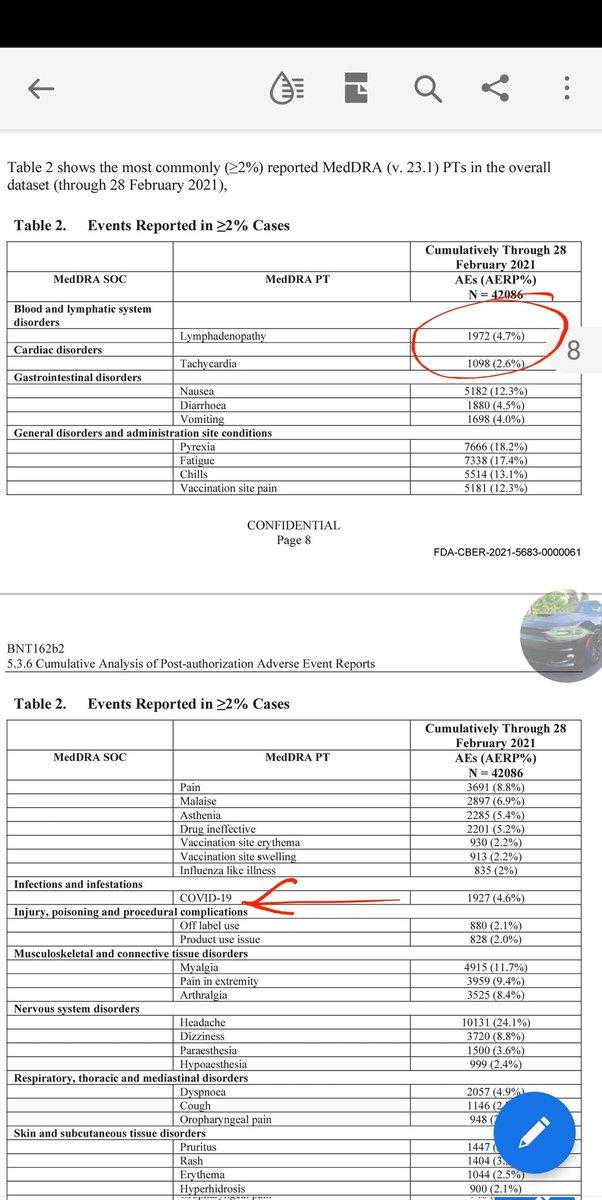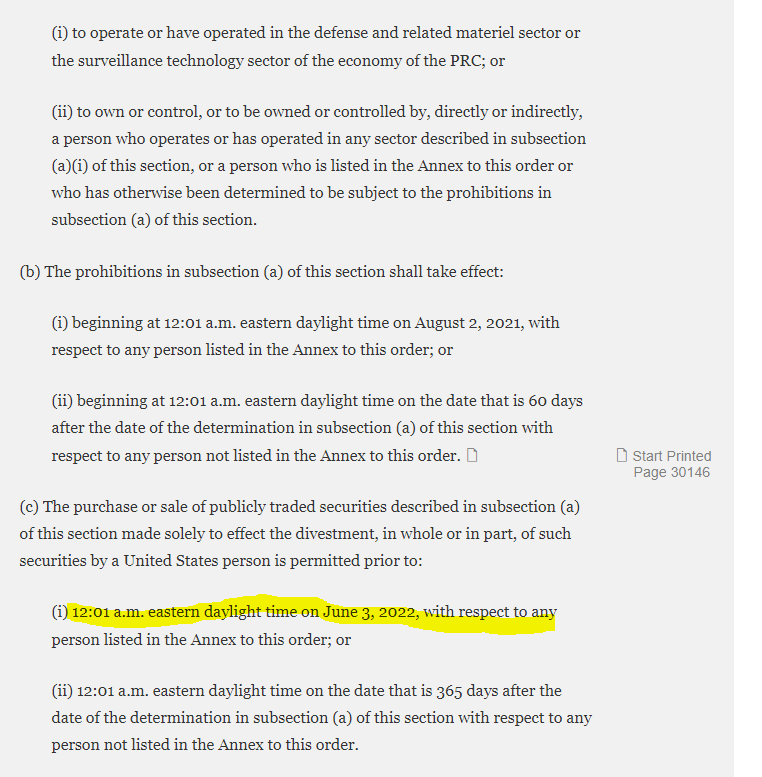
#AMC @CEOAdam calls on @FINRA and @NYSE yet AGAIN to investigate the FTD's on #AMC #stock as it nears ~24 consecutive days on the REG SHO THRESHOLD SECURITIES LIST.
What is it and how can covering of FTD's be delayed?
🧵 1/X
What is it and how can covering of FTD's be delayed?
🧵 1/X
https://twitter.com/CEOAdam/status/1633247675867971585
A threshold list, AKA "Regulation SHO Threshold Security List", is a list of securities whose transactions failed to clear for five consecutive settlement days at a registered clearing agency.
Settlement failures may be indicative of improper naked short selling. #AMC 2/X
Settlement failures may be indicative of improper naked short selling. #AMC 2/X
SEC implemented REG SHO to reduce the abuse of naked short selling, where the seller does not borrow or arrange to borrow the securities in time to make delivery to the buyer within the standard two-day settlement period. #AMC 3/X
As a result, the seller fails to deliver securities to the buyer when delivery is due, known as a "failure-to-deliver", AKA "FTD". #AMC 4/X
When naked short selling occurs & affected securities aren't delivered, associated transactions will fail to clear. These failed transactions are reported regularly on a threshold list, and the SEC and other regulators can identify clues of improper naked short selling. #AMC 5/X
In order to appear on threshold, a security must be registered with the SEC & fail to settle for 5 or more consecutive days. The failed settlements must also involve a transaction size totaling 10,000 shares or more, or at least 0.5% of the security's shares outstanding. #AMC 6/X
RESET TRANSACTIONS:
The activity that prompted the SEC’s Risk Alert generally involves hard to borrow securities in which the Put/Call Parity is imbalanced. If a market maker does not deliver shares when he needs to, but instead engages in a second transaction to give... #AMC 7/X
The activity that prompted the SEC’s Risk Alert generally involves hard to borrow securities in which the Put/Call Parity is imbalanced. If a market maker does not deliver shares when he needs to, but instead engages in a second transaction to give... #AMC 7/X
the appearance of satisfying the close-out requirements while maintaining the original short position, he will be deemed not to have closed out the position at all. This is called a “reset transaction...” #AMC 8/X
Reset transactions are usually accomplished through the use of a buy-write trade, but may also employ a married put, and may incorporate the use of short-term FLEX options... #AMC 9/X
To satisfy the close-out requirement, buy-writes, married puts, or both, particularly deep in-the-money buy-writes or married puts, to satisfy the close-out requirement can be used...
#AMC 10/X
#AMC 10/X
Rule 203 (a) states that if broker dealers have reasonable grounds to believe that the security can be borrowed w/o having borrwed the #stock, and delivered on or before the date that delivery is due, they can naked short. #AMC 11/X
There is considerable ambiguity in the SEC’s reasonable belief definition & the easy & hard to borrow lists are created and maintained by broker dealers, not the SEC. These lists are subjective with no standard guidelines. This vague rule enables illegal naked shorting. #AMC 12/X
Brokers can also use the DTCC’s stock borrow program to circumvent this requirement. Some brokers like #IBKR are changing their terms of service in order to borrow securities W/O client's permission. #AMC 13/X
MM are Granted Exceptions to the Locate Provision. Reg SHO exempts bona fide Market Makers from locate requirements that apply to ordinary investors because it believes this is necessary to facilitate customer orders and maintain liquidity in fast moving markets... #AMC 14/X
Hence, market makers are NOT required to adhere to the locate rule. They can naked short stock without a locate. All of the prime brokers are market makers and also operate hedge funds which they euphemistically refer to as proprietary trading. #AMC 15/X
Also, some of the larger hedge funds expanded their business model to include market making. These widely accepted business models often result in avoiding the locate provision of REG SHO.
#AMC 16/X
#AMC 16/X
These prominent market participants can implement speculative short selling by masquerading as a “bona fide” market makers. The SEC seldom can differentiate between market making and speculative trading. #AMC 17/X
CLOSE-OUT REQUIREMENT:
Rule 204 of Reg SHO covers the situation in which the short seller Fails to Deliver (FTD) the stock at the determined settlement time. If this occurs, Rule 204 This requires action on the part of the brokers and dealers from whom the stock was... #AMC 18/X
Rule 204 of Reg SHO covers the situation in which the short seller Fails to Deliver (FTD) the stock at the determined settlement time. If this occurs, Rule 204 This requires action on the part of the brokers and dealers from whom the stock was... #AMC 18/X
...was borrowed to close out the trade by demanding that the short seller buy the stock in the open market. Settlements are made two days after a stock trade and this rule requires that the short seller must close out a FTD no later than... #AMC 19/X
than the beginning of regular trading on the first day after the settlement date.
This is 3 days after the trade and is referred to as T+2. There are exemptions to this of course... #AMC 20/X
This is 3 days after the trade and is referred to as T+2. There are exemptions to this of course... #AMC 20/X
If a broker-dealer has a FTD, but can demonstrate that that this resulted from “bona fide” market making activities, the close out of the FTD can be extended to the third day after the scheduled settlement day (T+5). This rule is easily avoided.
#AMC 21/X
#AMC 21/X
There are securities that have large and persistent Fail to Delivers that are a hallmark of illegal naked shorting, like $AMC. 22/X
If the security remains on the threshold list for 13 days (T+13), whoever was responsible for delivering shares thirteen days earlier (likely a broker-dealer or market maker) must close out the failed position by purchasing equivalent shares in the open market. #AMC 23/X
Unlike the locate requirements of Rule 203(A), market makers are not exempt from these close out requirements. Many companies remain on the threshold list for months at a time. #AMC 24/X
This can be explained by a practice in which the FTDs are rolled over from one brokerage house to another.
After thirteen days, a market maker that naked shorted the shares is required by Reg SHO to buy shares in the open market and deliver them. #AMC 25/X
After thirteen days, a market maker that naked shorted the shares is required by Reg SHO to buy shares in the open market and deliver them. #AMC 25/X
However, before the close out requirements are triggered on day thirteen, the market maker can transfer the position to another willing market maker or broker and the thirteen-day countdown to a mandatory buy-in starts all over.
#AMC 26/X
#AMC 26/X
This frequently used Wall Street trading technique allows FTDs to remain for months or years.
#AMC 27/X
#AMC 27/X
EXAMPLE TECHNIQUES USED TO CIRCUMVENT REG SHO:
~permitting important hedge fund clients to bypass the locate requirement when entering short sales
#AMC 28/X
~permitting important hedge fund clients to bypass the locate requirement when entering short sales
#AMC 28/X
creating and distributing easy to borrow lists that improperly included threshold and hard-to-borrow securities to the firm’s proprietary traders and clients
#AMC 29/X
#AMC 29/X
concealing FTDs through washed and matched trades, i.e. rolling over an FTD to another broker dealer
#AMC 30/X
#AMC 30/X
transacting illegal stock sales in dark pools off the primary markets to avoid NYSE oversight and to maintain anonymity
#AMC 31/X
#AMC 31/X
failing to reasonably supervise that locates were obtained and/or documented for short sales
#AMC 32/X
#AMC 32/X
falsely representing that they either possessed the borrowed securities or had located them for borrowing and delivery
#AMC 34/X
#AMC 34/X
concealing their activity through falsely reporting shares created through illegal naked shorting as shares in brokerage statements of investors as if these assets were representative of real shares
#AMC 39/X
#AMC 39/X
concealing their activity by issuing voting material to shareholders with nonexistent assets who have no corporate rights including the right to vote shares,
#AMC 40/X
#AMC 40/X
failing to comply with responsibilities and duties to investigate and report suspicious transactions to regulatory authorities
#AMC 41/X
#AMC 41/X
and my favorite; filing alleged frivolous lawsuits in order to delay corporate vote actions that could force them to close their positions on securities like #APE #AMC #AMC1 42/X
ELIMINATION OF THE UPTICK RULE:
Another noteworthy change in rules governing short selling was the elimination of the uptick rule that required an increase in the stock price before allowing a short sale. #AMC 43/X
Another noteworthy change in rules governing short selling was the elimination of the uptick rule that required an increase in the stock price before allowing a short sale. #AMC 43/X
Bernie Madoff successfully led the effort to eliminate the uptick rule in 2007. Madoff’s firm was both a market maker and a hedge fund and an enthusiastic participant in illegal naked shorting.
#AMC 44/X
#AMC 44/X
This was secondary, of course, to Madoff's money management pyramid scheme. Until the latter was discovered, Madoff was a highly respected source of input for the exchanges and the SEC, and is widely given credit for getting rid of the uptick rule.
#AMC 45/X
#AMC 45/X
The SEC endorsed and defended the decision stating that the uptick rule reduced liquidity. This is another example of the SEC placing greater importance on liquidity to the benefit of Wall Street than on protecting investors from predatory Wall Street trading practices. #AMC 46/X
• • •
Missing some Tweet in this thread? You can try to
force a refresh















